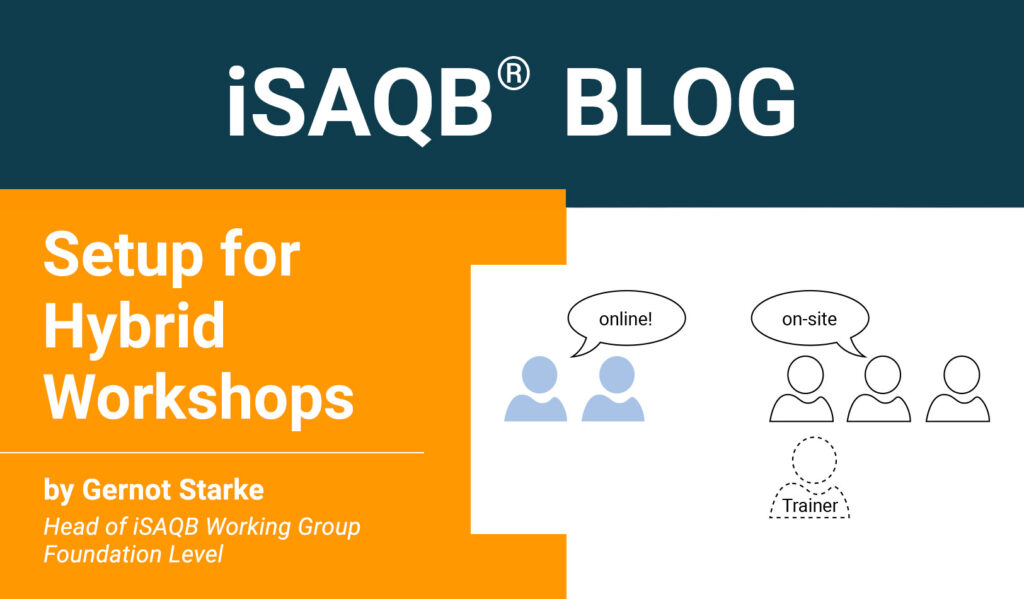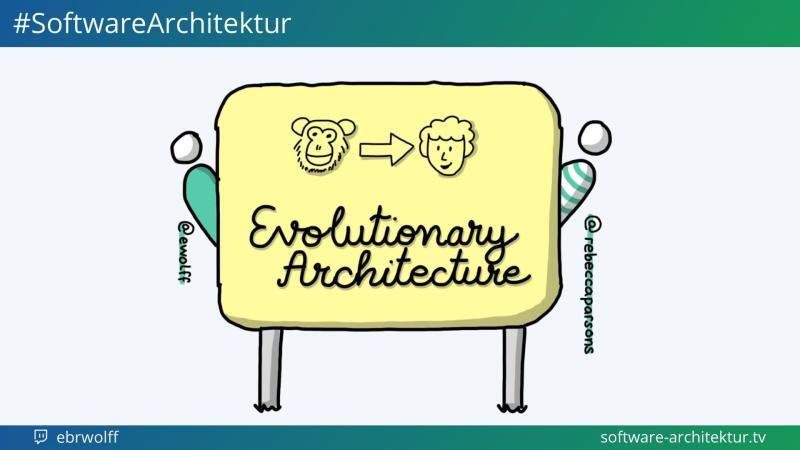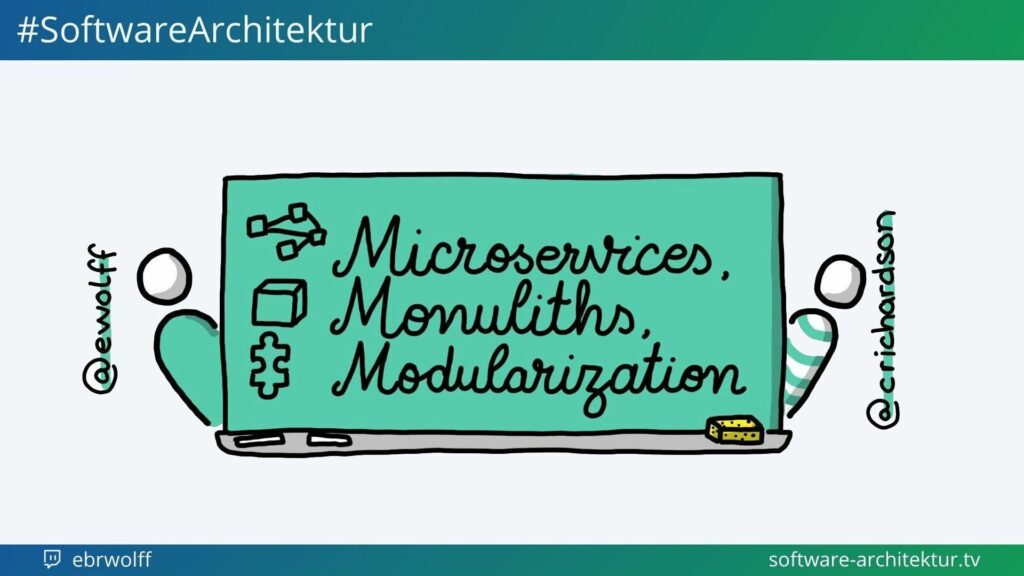About the New CPSA®-Advanced Level Module Green Software – Development of Resource-Efficient Applications (GREEN)
An Interview With Curator Gerhard Wanner
On August 20, the iSAQB introduced the new Advanced Level module Green Software – Development of Resource-Efficient Applications (GREEN).
GREEN focuses on developing resource-efficient IT systems from a software architect’s perspective, covering topics from raising awareness in the company to designing energy-efficient architectures, measuring and monitoring tools, and cloud operations.
Prof. Dr. Gerhard Wanner, one of GREEN’s module curators, gave the editorial team of the iSAQB blog an insightful interview on the content, intention, and relevance of the latest Advanced Level module Green Software – Development of Resource-Efficient Applications.
Why is the topic of Green IT so important from your point of view?
For a long time, IT was seen as the solution to many problems associated with climate change, but it has now become the subject of optimization considerations itself.
Inefficient programming, often caused by the need for a fast time-to-market, was often compensated for by ever-faster hardware or more resources in the cloud. This path must be abandoned. The CO2 emissions caused by software must be consistently reduced. This can only be achieved if we see better energy efficiency in our daily work as software architects.
Added to this are the legal obligations that apply to more and more companies. Reporting obligations, for example, under the Corporate Sustainability Reporting Directive (CRSD), require knowledge of one’s emissions on the one hand and procedures and techniques to reduce them step by step on the other.
How can software architecture contribute to this?
Software architecture is one of the critical levers for energy-efficient software. The way it is operated is another primary lever for generating fewer CO2 emissions. Both topics together occupy a central place in the curriculum. With knowledge of the energy efficiency of different architectural styles and patterns, the effects of different communication methods, and the influence of cloud service and deployment models, software architects can effectively implement sustainability requirements.
And, of course, it’s all about quality requirements, which are the starting point when designing a software architecture: Energy efficiency or CO2 emission efficiency must be adequately considered and reconciled with other essential quality requirements.
There are also topics in the curriculum that are not directly related to software architecture. What are they about?
We see software architects as having a central role in building software systems and being responsible for more than just designing the software architecture. Topics are interrelated, and software architecture significantly influences software development, the development process, and, of course, the operation of the finished software.
For this reason, we also look at the interfaces to other stakeholders and consider topics such as energy-efficient data handling, the influence of programming languages and runtime environments, the use of managed services in the cloud, energy-efficient libraries, and the development of efficient build pipelines.
Measurement and monitoring is also an important part of the curriculum. Why?
Only if you can measure the energy consumption of an application, you know where improvements are really worthwhile and whether the optimizations carried out have had the desired effect. The latter, in particular, is extremely important, as otherwise, all optimization efforts are like driving in fog – you don’t know whether you are actually getting closer to your goal.
To this end, our curriculum includes the area of measurement methods and tools, where we look at which options are useful in different environments, as well as the topic of measurement methodologies to teach software architects systematic procedures for measuring energy consumption and CO2 emissions in the best possible way. In particular, this also involves analyzing trends, drawing conclusions from them, and using business metrics to relate resources to performance.
How do you integrate practical relevance into the curriculum?
We have provided a series of exercises for the core chapters of the curriculum to underpin the theory with the appropriate practical relevance. The exercises cover quality, measurement and monitoring, software architecture, and operation. The aim is to use practical examples to provide participants with methods, techniques, and examples of tools that they can use directly in their own projects.
You would like to learn more about the new CPSA-Advanced Level module GREEN? Please visit the GREEN module web page.
Share this article:
Related Posts
- « Previous
- 1
- 2
- 3
- Next »
About the Author














